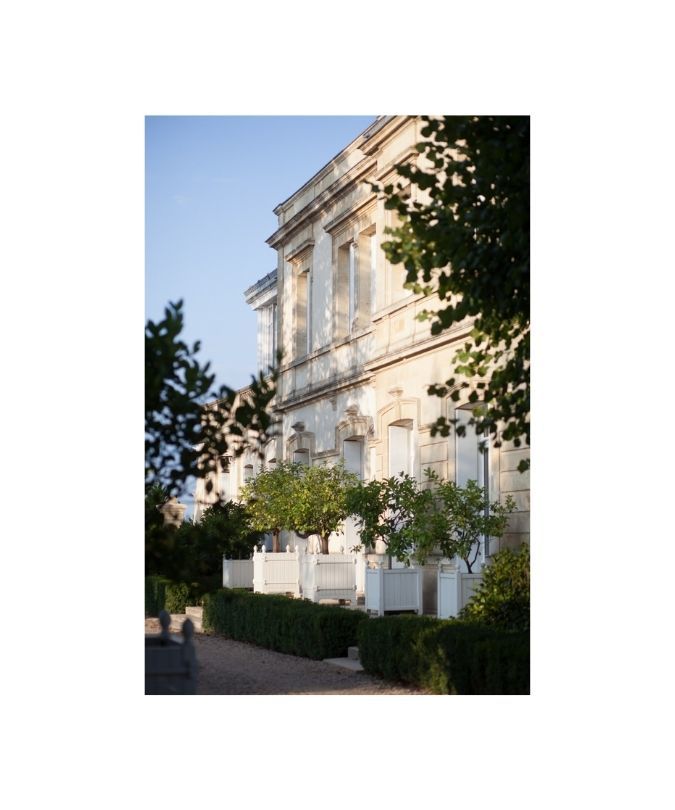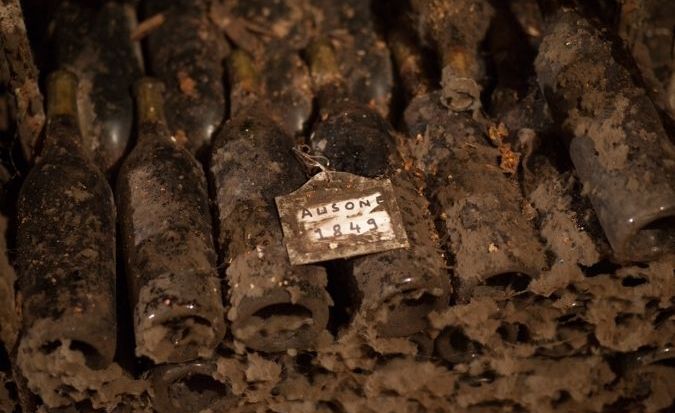
Saint-Emilion’s Château Ausone: 2,000 years of history
Words by Jane Anson
Photography by Tim Hall
Château Ausone is one of only four first growths – or premier grand cru classé A, as they are known on the Right Bank – within the Saint-Emilion classification. It’s the smallest of these exalted properties, and also the one with the oldest history. The name, which first appears in local archives in 1529, refers back to the Roman poet Decimus Magnus Ausonius, and remains of a Roman villa have been found at the feet of Ausone’s slopes.
We know Ausonius was awarded a consulate, the highest Roman honour, in Bordeaux in 379 and is best known for his poetry and writings about the region, in which he describes the ‘vine-clad hills’, and we know his parents-in-law came from St-Emilion. But we don’t know for certain that he owned the Roman villa whose remains lie at the base of these slopes.
Two years ago, remains of Roman walls and other artefacts were discovered when a plot was pulled up for replanting. A team of archaeologists is currently analysing the find, deciding if it will be worth further disturbing land valued at more than €8 million ($9.2m) per hectare.
Over the last five centuries only three families have owned this remarkable property
Today, Château Ausone is one of the most sought-after names in the wine universe, its prices reaching thousands of pounds for a single bottle. Six bottles of the 2015 vintage will cost you around £5,000 ($6,600). A single bottle of the 2005 will set you back just under £2,000 ($2,650) – if you shop around.
Ausone stands out in other ways, too. Across Saint-Emilion, the majority of estates are planted largely to the luscious, red-fruited Merlot grape, but here at Ausone that grape is matched in more than half the vineyard by Cabernet Franc, which lends elegance, lift and violet-tinged aromatics that elevate the expression of the entire wine.
Over the last five centuries, only three families have had the stewardship of this remarkable property. Pauline Vauthier, winemaker and co-owner with her father Alain, is the 12th generation of Vauthiers to work the limestone-rich soil of these vineyards. She is involved in every detail – from upkeep of the dry-stone walls at the edge of the vineyard, to working with specialists to protect its historical remains and carrying out essential daily vineyard tasks. ‘My favourite thing is to be outside working,’ she says. ‘I’m in the office when I need to be, but I don’t enjoy the tastings and the travel that are essential to running an estate like this. Like my father, I prefer to be discreet.’
The photographs below were shot by Tim Hall for Club Oenologique in late summer 2018. For more of Tim’s work see here.

Built on ancient Roman foundations, Château Ausone is the smallest of the four Saint-Emilion first growths (or premier grand cru classé A), its wines among the most sought-after in the world


The name Ausone, which first appears in the archives in 1529, refers back to Roman poet Decimus Magnus Ausonius; remains of a Roman villa have been found at the foot of the property’s slopes


Local archives contain a document dating from 1341, written on behalf of King Edward III of England, giving permission for an Elie de Lescours to build a fortified house where Ausone now stands


The current château dates from the 17th century, when the name was changed from La Madeleine (as the hamlet in which it stands was once called)


Château Ausone has been owned over the centuries by just three families; the Vauthier family has now been in charge for 12 generations


“Take a brilliant vintage,” says Jane Anson of the 2005 (left), “add in the magic of Ausone, and you’ll start to understand what the limestone plateau of St-Emilion can deliver. This is all hidden power and fragrant layered fruit, so perfectly drawn that you can discern the spiced flesh of loganberry, raspberry, blueberry – luscious, persistent, mouthwatering.”


The 200-year-old cellars at Ausone hold wines dating back to 1849



(Above and below) “The magic of Ausone begins and ends with our terroir,” Pauline Vauthier says, referring to soils that are 10 per cent on the plateau and 90 per cent on steep southeast-facing slopes that offer excellent ripening for the grapes



The medieval village of Saint-Emilion, seen here from the château, is set on a hill, its cobbled streets honeycombed by a series of quarries from where the first limestone was extracted during the Middle Ages. The stone was used to support a religious community that built Europe’s largest monolithic church (above) into the hill



